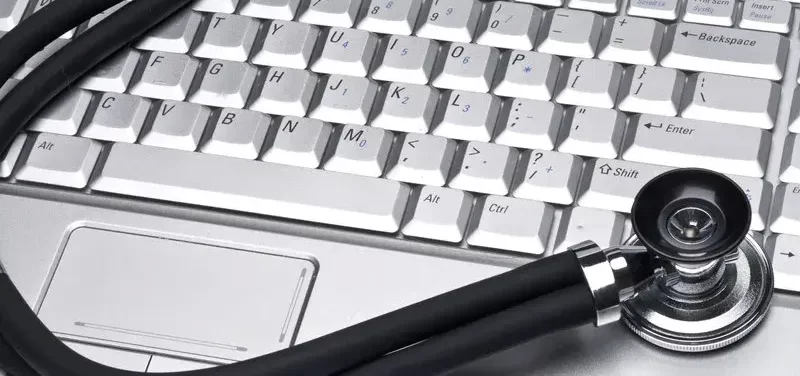Electronic health records (EHR/EMR) are touted for their efficiency and accuracy though they are not totally free of shortcomings. One of the most important considerations with regard to EMR is the work flow, which must be thoroughly analyzed before purchasing a system. Moreover, practices may change the way they operate and therefore the EHR system should have the flexibility to adapt to the practices’ and users’ needs. A flawed EMR workflow can lead to serious risks in a healthcare setting, which have to be avoided at all costs.
Flawed EHR Workflow Caused Mammoth Issue
EHR workflow has soared into the limelight in connection with the first Ebola instance in the United States. A flaw in the Texas hospital’s EHR system has been blamed for the disease not being identified the first time the patient visited the hospital, which caused him to be sent back home and come into contact with other individuals before returning to the hospital on worsening of the symptoms four days later when he was correctly diagnosed with Ebola and kept in isolation at the hospital. Texas Health Resources (THR) officials initially put the blame on the hospital’s EHR workflow system which made the important aspect of the patient’s recent Liberian stay known to the nurses but not the physicians, which brought about the initial misdiagnosis.
In a media statement on October 1, hospital officials revealed that a flaw in the workflow structure of their electronic health records caused the patient’s vital travel history to appear in the nursing workflow but not in the standard workflow of the physician. The hospital then made changes to its EHR systems to enable travel history to become part of nurse as well as physician workflows, with a clear reference made for regions that have been known to be affected by the Ebola epidemic. The hospital believes this would help in the early identification of not only Ebola, but also other communicable diseases.
EHR Must Be Handled by Experts
According to experts, while EHR systems can be significantly customized for various healthcare institutions or related businesses, it does alter the workflow and the flaws cannot be detected easily till an incident of misdiagnosis occurs which could even result in a fatality. This is because there are many layers within the EHR software and the customizations are quite specific. It is therefore required to maintain a full-time staff member to take care of customizations. The company that has created the hospital’s EHR software must provide training to staff handling the customizations.
Choosing the Right EMR
Selecting the right EMR is important. A medical outsourcing provider that offers medical billing and coding services could also select the right one for its client. The EMR industry is growing rapidly with medical software companies coming out with various products. There are systems that are priced astronomically high with probably more customization options, while there are much more cost-effective ones as well.
The features, compatibility with the client’s healthcare system, scalability, information portability, upgrades, technology and service support, and communication to other electronic record systems are some of deciding features of an EHR system. It must be chosen wisely since this choice could not only save people’s lives but also maintain the reputation of the hospital.

